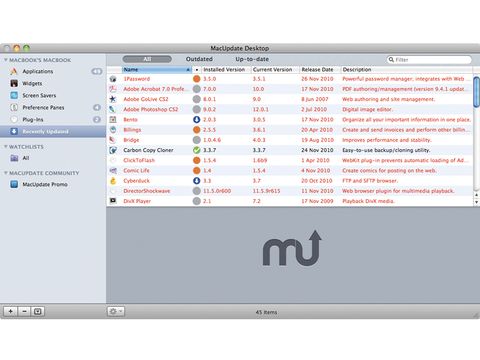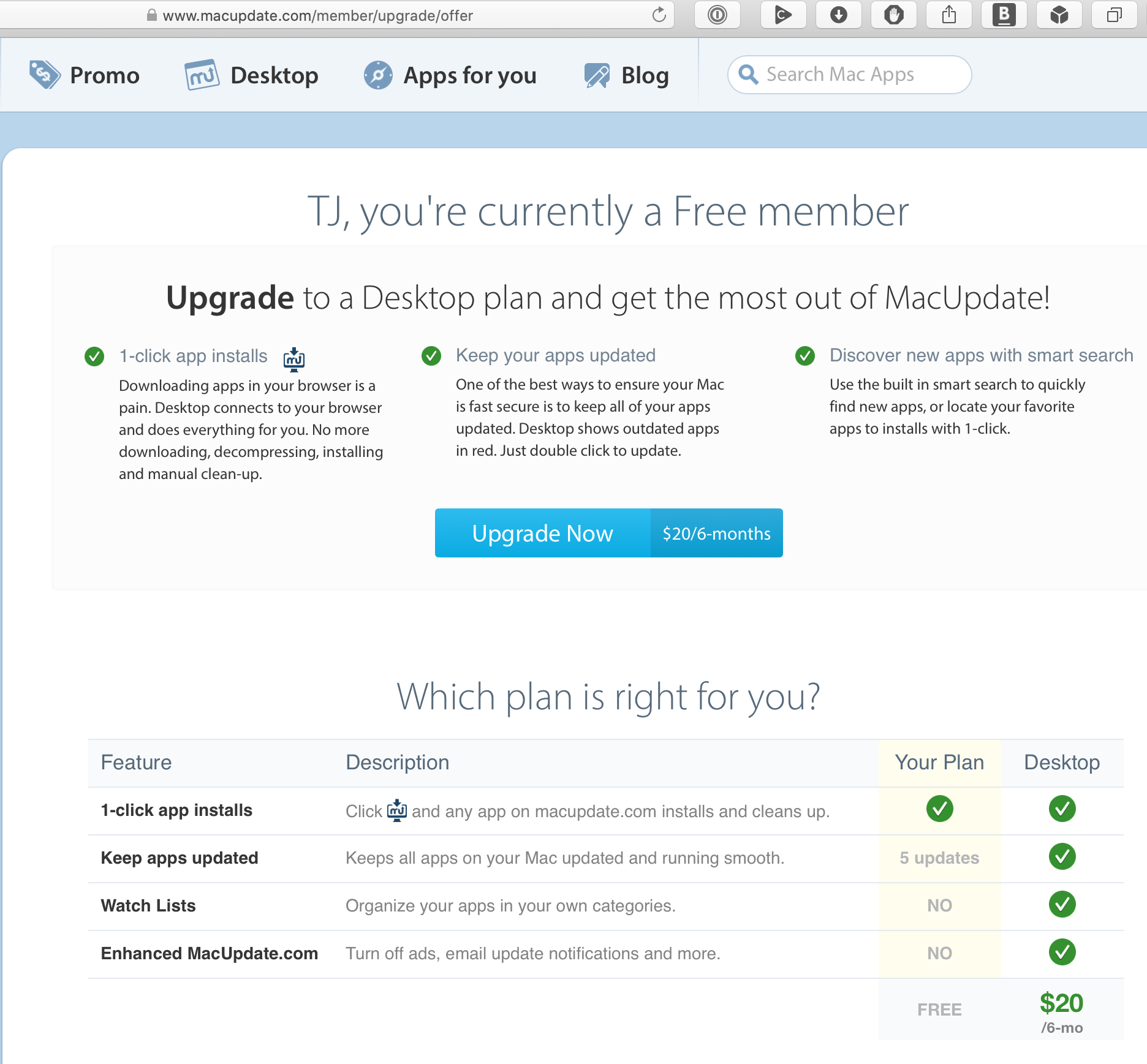

- #MACUPDATE DESKTOP MOJAVE CRASH HOW TO#
- #MACUPDATE DESKTOP MOJAVE CRASH UPDATE#
- #MACUPDATE DESKTOP MOJAVE CRASH PRO#
- #MACUPDATE DESKTOP MOJAVE CRASH DOWNLOAD#
If you’re struggling to free up disk space, look out for hidden Time Machine files that may be taking up large amounts of space.

Select ‘Disk boot’ to boot normally, then remove any files you no longer need. If you encounter the macOS Mojave problem where the installation fails due to low disk space, restart your Mac and press Control + R while it’s booting to enter the Recover menu. Double-click the file to begin installation.
#MACUPDATE DESKTOP MOJAVE CRASH DOWNLOAD#
If you have a compatible Mac and the macOS Mojave download completes, but there’s no prompt for the installation to continue, then search in your Mac’s application folder for a file called 'Install macOS 10.14'.
#MACUPDATE DESKTOP MOJAVE CRASH PRO#
#MACUPDATE DESKTOP MOJAVE CRASH HOW TO#
If you’re having problems installing macOS Mojave, first make sure you check out our how to download and install macOS 10.14 Mojave guide, which will take you through the steps you need to take to safely install the new operating system.įirst of all, you'll want to make sure you have a Mac that can run macOS Mojave. You may be able to restart the download from there.įinally, try logging out of the Store to see if that restarts the download. If you still have a problem downloading macOS Mojave, open up the App Store, click ‘View My Account’ and see if there is anything in the ‘Unfinished Downloads’ section. Delete them, then reboot your Mac and try to download macOS Mojave again. If you’re still having problems downloading macOS Mojave, try to find the partially-downloaded macOS 10.14 files and a file named ‘Install macOS 10.14’ on your hard drive. It may also be worth switching from a Wi-Fi connection to an Ethernet cable, to ensure your internet connection is as reliable as possible.

If you're upgrading from OS X Yosemite or earlier, then you need 18.5GB of storage space. Select 'Storage' and then check to make sure you have enough space on your hard drive. To make sure you do, open up the Apple menu and click on 'About This Mac.' The macOS Mojave download may also fail if you do not have enough storage space available on your Mac. You can also check the live status of the Apple Server to make sure everything is alright on Apple's end. If this is the issue, try again later to see if the download now works. It may be because a lot of people are trying to download macOS Mojave at the same time. There are a few reasons why you may get this problem. That content can’t be downloaded at this time. Installation requires downloading important content. You can check Apple's System Status page to find out if the problem might be on their side rather than your own.A common macOS Mojave problem is that macOS 10.14 fails to download, with some people seeing an error message that says “macOS Mojave download has failed."Īnother common macOS Mojave download problem shows the error message: “Installation of macOS could not continue. Apple's servers may be down: If you meet all the requirements above, and you're still receiving this error, Apple's servers may be down.It's best to have more space open than that, so if you have less, you won't be able to upgrade. If you're upgrading from an earlier release of macOS, you'll need 44 GB available.
#MACUPDATE DESKTOP MOJAVE CRASH UPDATE#
Not enough storage space: According to Apple, you'll need 26 GB free storage to install the macOS Monterey update if you're upgrading from macOS Sierra or later.That's also true if your internet is spotty or the link is weak. No internet connection: If you don't have an internet connection, you cannot download and install the installation files.Apple has a list of which Macs are compatible with macOS Monterey. Older machines may not have the resources necessary to run the operating system. Incompatibility: Not all computers are compatible with macOS Monterey.


 0 kommentar(er)
0 kommentar(er)
